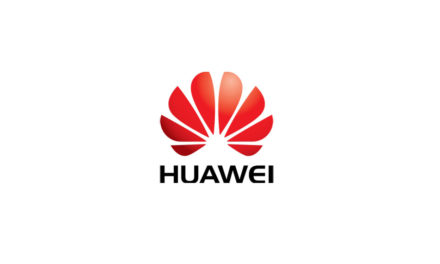
Real-time analytics, a product view of spending and shared accountability help executives see where the money is (and isn’t) generating value.
A Three-part Program to Improve Business Outcomes
By Dr. Houssem Jemili, Partner in Technology, Digital, and Advanced Manufacturing and Services practices at Bain & Company Middle East and Bao-Viet Lê, Partner in the Financial Services practice at Bain & Company Middle East.
Companies spend a lot on information technology every year, but few are achieving what they want from those investments. Bain’s research finds that only 8% of companies say they are getting their money’s worth in terms of good business outcomes and advanced digital capabilities.
It’s no coincidence that companies in this leading group have a deeper understanding of how their technology budgets are spent and are better at redirecting spending to where it creates value. Our research finds that these leaders are 3.5 times more likely to say they have full transparency over IT spending, compared to the rest. In these companies, technology-spending data is available in real time and in customized views that provide the right data to each stakeholder, whether they are in finance, technology or business functions.
Getting this visibility is hard and maintaining it over time is harder. Because the technology budget can be spread across several departments and business units, many companies struggle to get a clear picture of where the money is going, how it changes over time and whether or not the investment is worth it. And yet every year, the technology budget grows. Moreover, most business and finance executives cannot fully decode the spending information and link it back to the products and services they spearhead. The promise of transparency is only partially fulfilled.
Increasingly, companies are implementing third-party software systems that track spending data in real time and deliver it in customized dashboards across the organization. These IT financial management (ITFM) tools lead to better decisions based on facts, but they are only one part of a three-part program that companies need to follow to move toward transparency.
- Real-time data and analytics. Accurate and relevant data about spending helps executives draw meaningful insights and reallocate investments where they can generate the most value. ITFM tools are an increasingly important capability to enable this analysis, particularly for large and mid-size companies whose spending on technology is rising. As companies pursue their digital goals, finance and technology leaders typically buy these tools when spending levels increase and priorities change frequently.
- Product view of technology spending. Traditional thinking divided the spending into technology categories like hardware, software, telecom and labour. This view falls short of what business leaders need. Companies can generate more value by framing the spending view around products, customer experiences or business capabilities. This perspective is especially well suited to companies using Agile methods. Each Agile team, product or portfolio of products should have its own spending dashboard so it can see how resources are spent and the business value being generated. It also helps product managers reprioritize their backlogs and identify ways to improve return on investment (ROI) in their area of focus. Senior leaders can access the data they need to decide when to reallocate spending from one product to another and across product portfolios.
- Joint accountability. By developing product-level transparency and a culture of shared accountability for spending, leaders from finance, technology and business functions can continually adjust spending and save costs. For example, finance might support IT by conducting a benchmarking analysis across different parts of the IT organization, a process that can free up funds that can then be redirected from “run” to “grow the business.” Understanding technology costs across these categories helps product managers and engineering leads make better decisions about resource allocation, while increasing trust between them. Best practice offers product managers real-time views of their spending along with the objectives and key result measures they are pursuing as a team.
However, this program is not without its share of difficult steps. Buying the tool is the easy part. It takes more effort and is more critical to organize the company into a taxonomy that serves the customer, detail the right set of products and journeys, map accurate technology cost data, and ensure training for senior and mid-level management. The airline invested significant time training leaders from the CFO and CIO down to product managers on how to use this in their daily work. They also invested time defining the taxonomy and making necessary decisions around product manager accountability and decision rights.
To get started, companies should take three concrete steps.
- Reorient executive conversations around transparency. Changing expectations is the first step to bringing spending insights forward. This also helps ensure buy-in and shared commitment among finance, IT and business leaders.
- Reaffirm the goal of improving ROI. Transparency in thinking and the tools to accomplish it are not the goal; they are a critical part of the continuous process of examining spending which, in turn, allows future investment to grow the business rather than just keep the lights on.
- Create an initial view, then invest in the right tool. Some companies create this view manually with, for example, Tableau or another data visualization tool. Next-level performance usually requires more resources and a commitment to the long-term goal of transparency—often with an ITFM, which can take several months to implement.
Achieving full transparency into IT spending is not enough to transform a company into a technology leader. But it is a vital step in that direction, one that provides immediate and long-lasting benefits for companies that achieve it.


















































